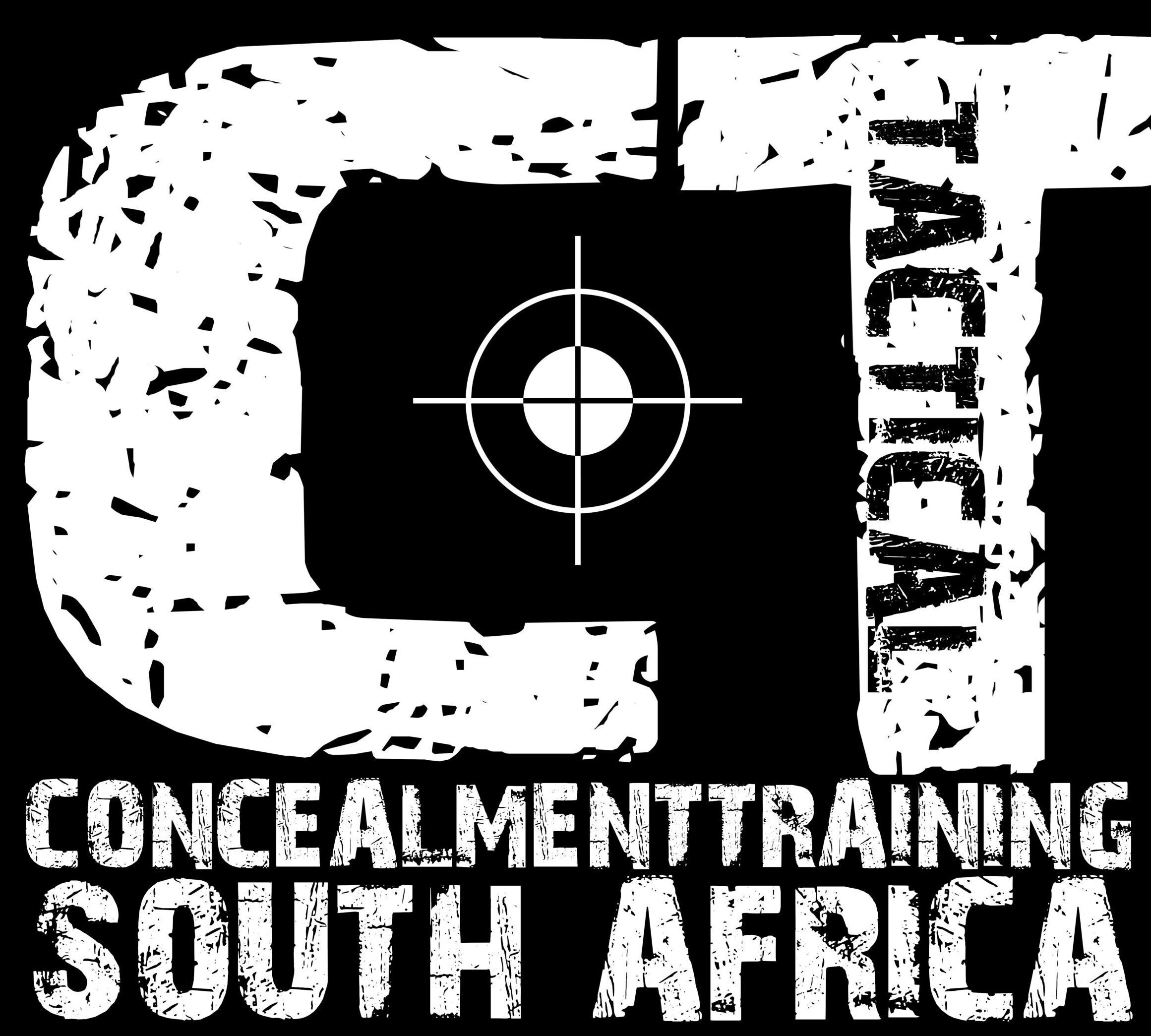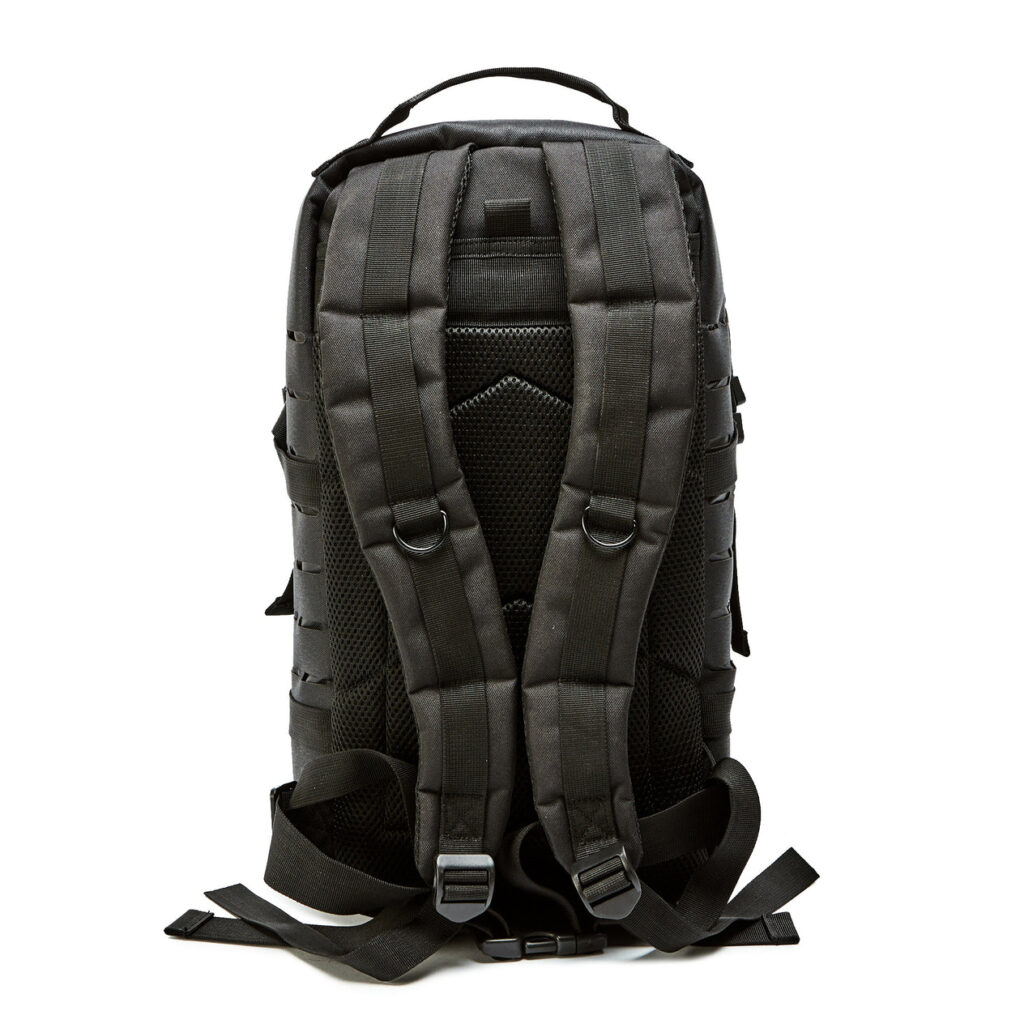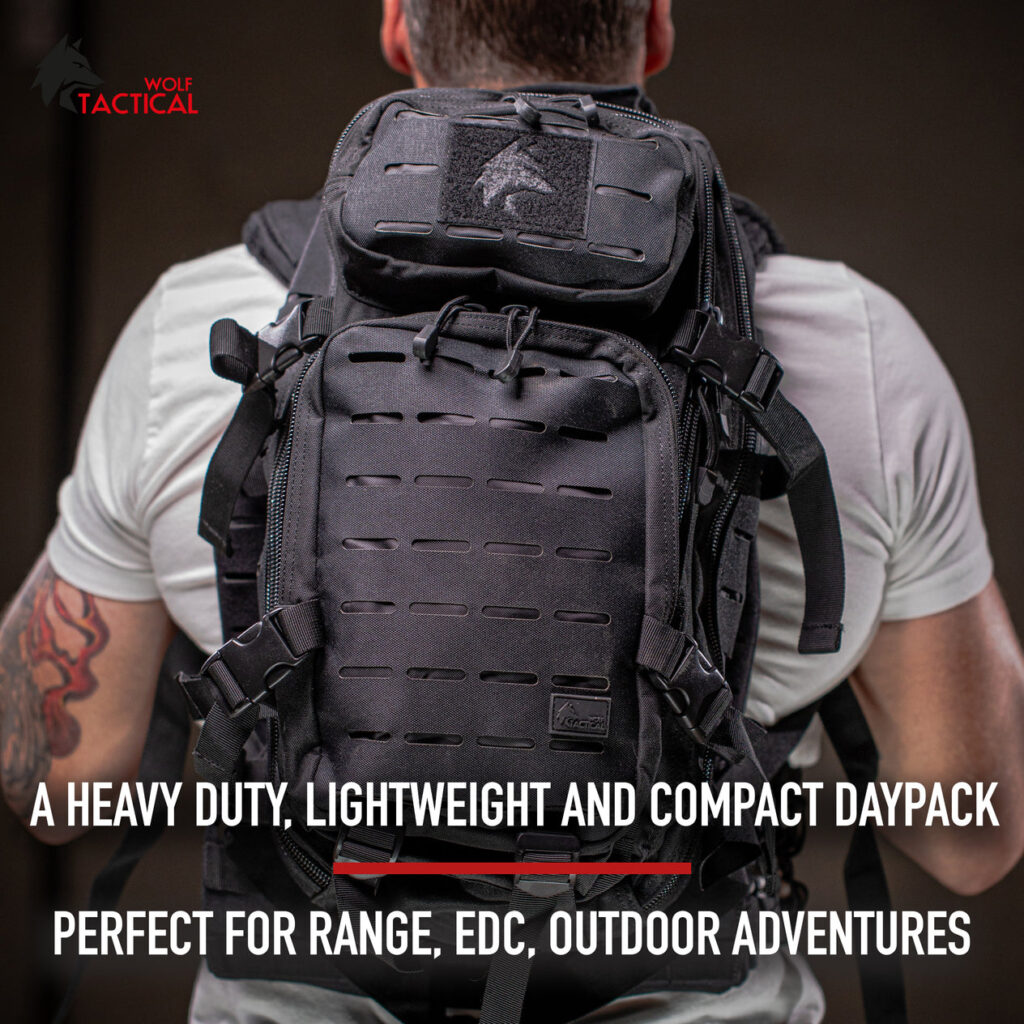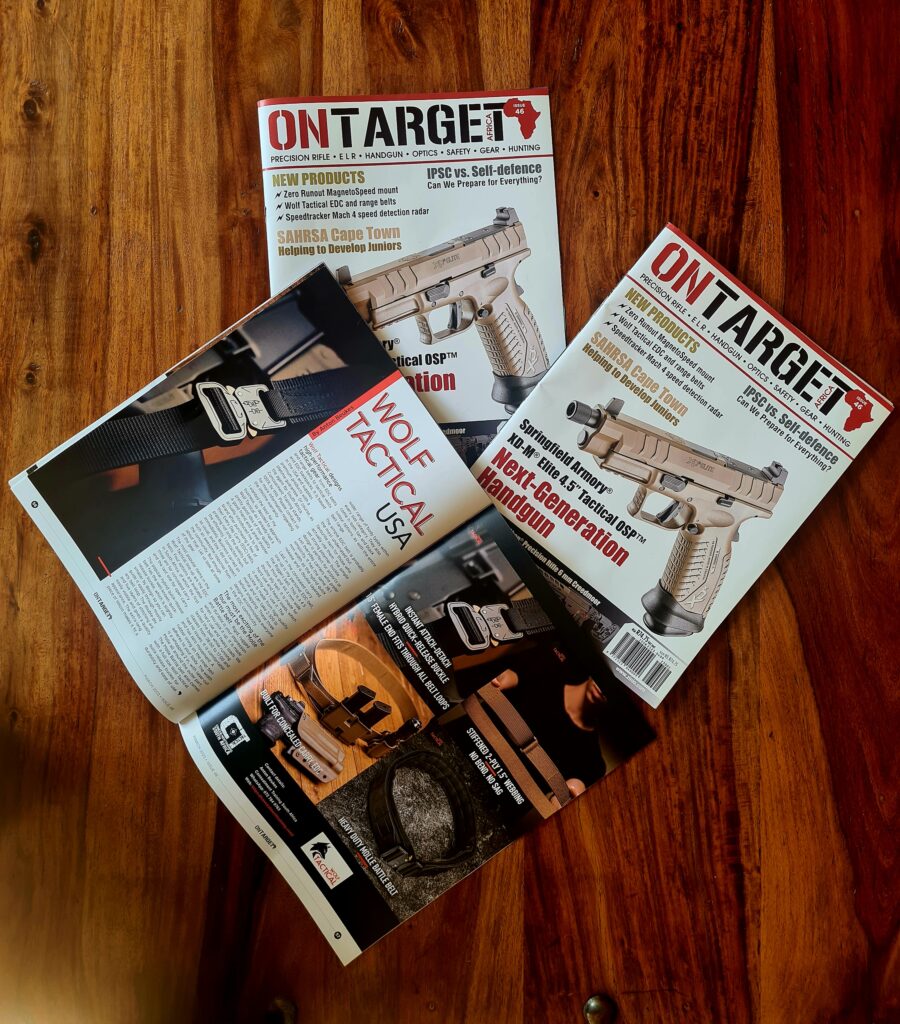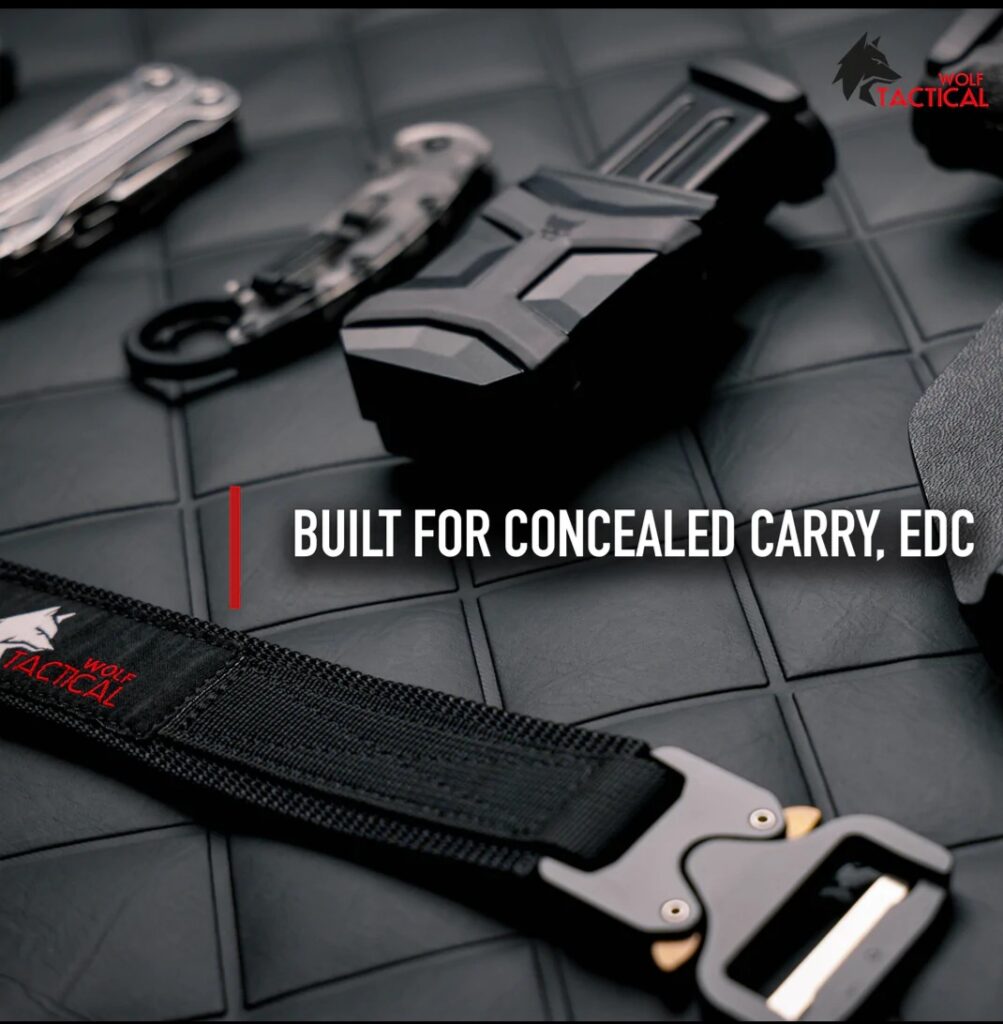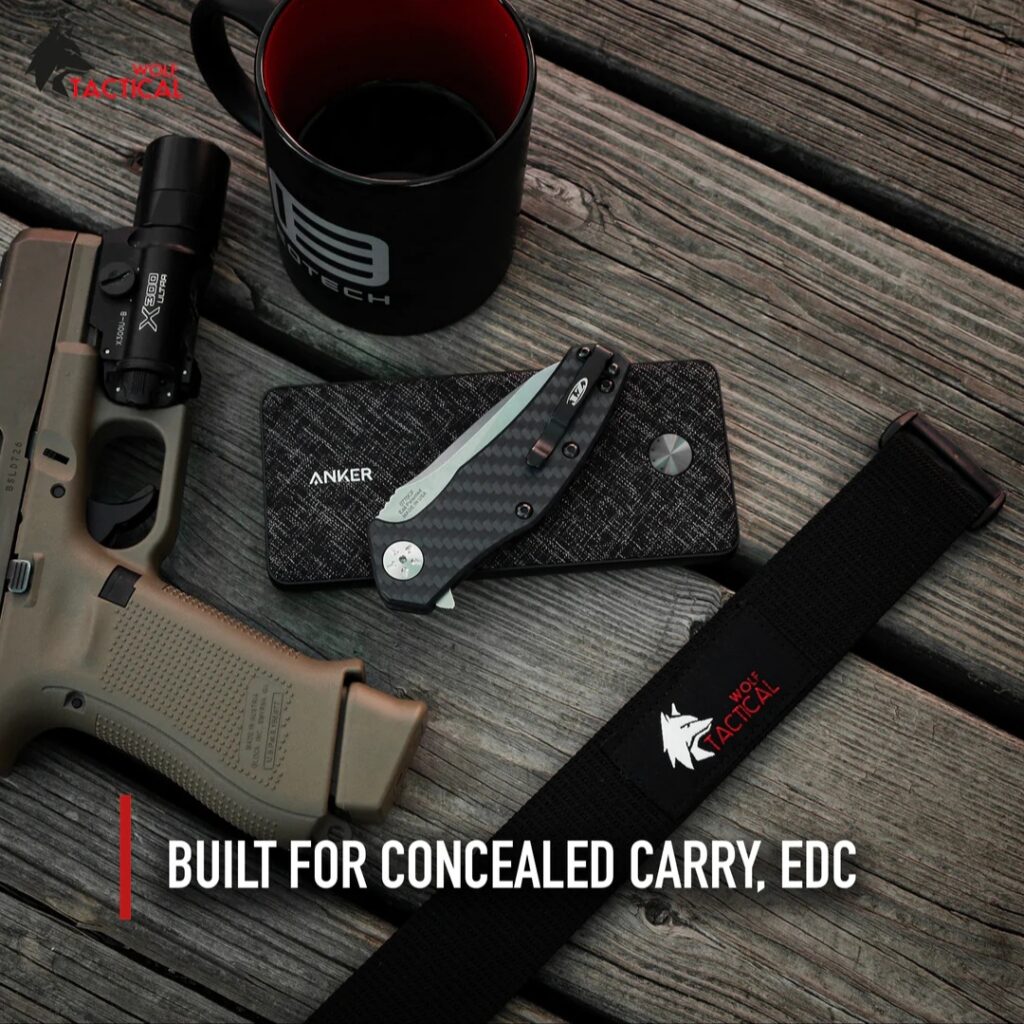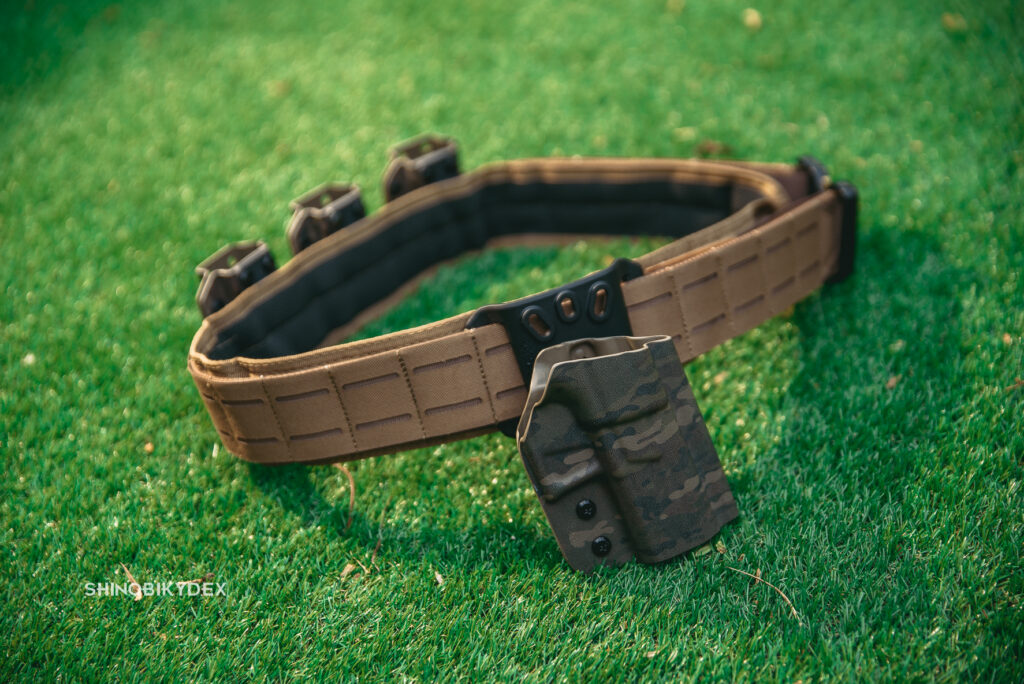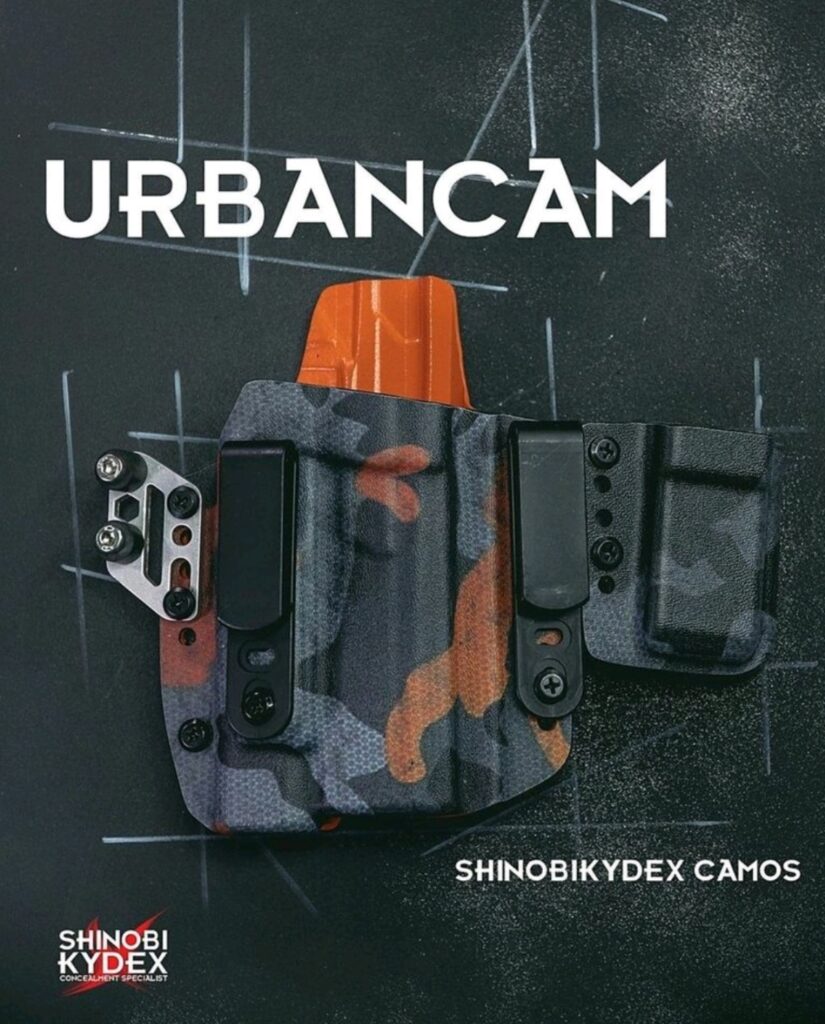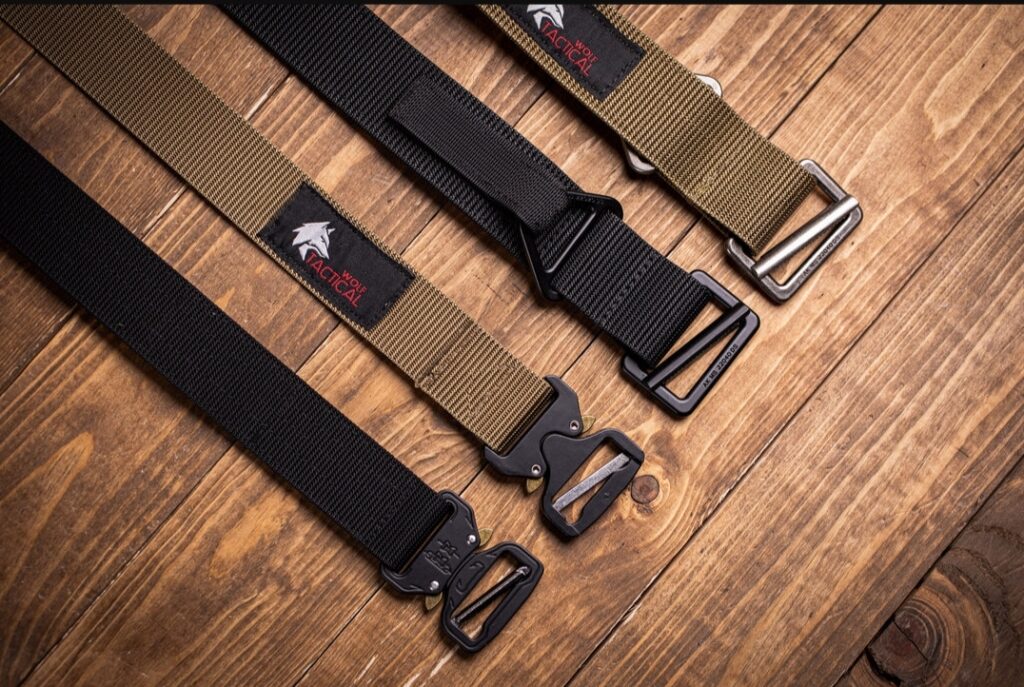Shooting a handgun is not easy; shooting a handgun fast and accurately is even more so. There’s shooting on social media, and then there is shooting like a pro IPSC competitor. But then, how does one know when or if they are competent to carry? It’s actually a very difficult question to answer because of so many variables. What I mean by this is that there are so many situations you can find yourself in. Can we prepare for everything, and do I choose self-defense or IPSC?
Let’s talk about two types of people: the skilled unarmed fighter and the skilled IPSC shooter. Both are very good at what they do, but let me ask you this question. Which of the two is most likely to survive a knife attack in close proximity? The fighter, right? You are right, but also wrong! Hear me out. The outcome of the same situation with these two individuals depends more on the mindset of each than anything else, but with that said, technically, the guy who trains close quarters should be able to handle himself better. If you are well trained, you will be better off technically. On the other hand, when shooting out in the open, this changes dramatically because competition shooters are just so much better at shooting. That’s how it will most likely be in those two situations, but that might change due to all the variables. Maybe not the best example, but there is no easy way to explain this. You, as an individual, should get the best training possible to enable you to adapt to any situation. Because at the end of the day, it’s about you, not the two different individuals above.

So much trash talk on social media comes from competition shooters hating on the tactical guys, and I understand why. The tactical industry has become a bit of a circus, and most in the self-defence industry can’t shoot, like 95% (this number is higher). This sounds harsh, but it’s true, and the biggest reason is that they are not open to advice, mostly because of their ego. After all, it’s easier not to compete because then you don’t have to explain to people why you got beaten by the computer nerd who just kicked your butt in a match. But then again, if everyone was willing to listen and put in the work, then everyone would be good at shooting and fighting. It makes you think, doesn’t it?

“Shooting is shooting, but only if you are able to get to your gun.” A professional shooter without any unarmed experience or skill will most likely not survive a knife attack in close proximity. Unfortunately, this is the reality. If this were to happen, you would see that the first thing an untrained or wrongly trained person would do is go for his firearm. But also, it seems like most competitive shooters rely on the fact that they can shoot really well (if they even carry). This is wrong if you want to judge the self-defence community based on whether they compete or not. It goes both ways, and one way to test this is to do some force-on-force training and see what happens. “It’s different,” the same words I hear people say when they shoot a match for the first time, and the same words came out of a very good competition shooter’s mouth after doing some training with me. He fell while back peddling, trying to get away from the knife, and wasn’t able to get his firearm out of the appendix. Blood was all over his knee and elbow from the fall. Your best self will be well-rounded in all the different disciplines; just imagine a person who can do everything well: unarmed, blade, advanced driving, medical, and shoot competitively. We refer to this type of person as being well-rounded.
Jacques Grobler is a very fast and talented competition shooter; he just made the South African national team and will represent his country at the world shoot in Thailand over the next few weeks. This will give you an idea of the level he is at; if you don’t understand, then ask him to demo for you if you see him at the range. Jacques is not only talented in sport but also extremely clever and a very close friend of mine. Over the last few years, he got used to seeing the way I train and give classes and has come to understand my methods. Not only does he understand what I do, but he’s also now learning to work from concealment to help him improve as a student of self-defense. We share so much knowledge between us, which in turn benefits both him and me. An open mind can give you so much knowledge. He is a very good example of a pro-shooter being humble enough and hungry to learn self-defence skills. This, in return, will benefit him in the long run; after all, more knowledge is beneficial, especially good training.

I started competing in IPSC back in 2019, one and a half years before COVID hit, which was kind of a bummer as it stopped my momentum. However, it taught me a lot about myself and made me realise the importance of doing it. The sport changed me as a shooter and gave me so much knowledge about various skills. So many things changed—my mindset, the way I move, how I grip my pistol. Overall, my ability to shoot a pistol has improved. At the end of the day, the message I’m trying to convey to you is that if you want to be really competent in carrying a firearm, you need to think about which areas you need to improve in and be more open-minded about learning new skills.
